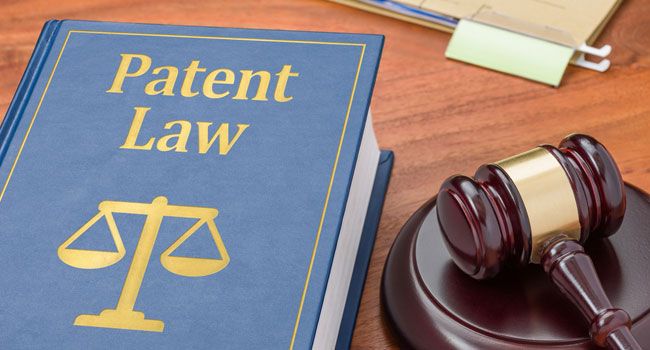
SIA's Efforts to Mitigate a Major Threat to Innovation: Patent Trolls
- By Don Erickson
- Dec 18, 2015
Ask any SIA manufacturer member to state the most likely threats to future business growth and many will cite complex regulatory requirements, changing economic conditions and finding highly-skilled workers. Most manufacturers would also agree that patent trolls who prey upon the ingenuity of security technology suppliers is a threat worthy of legislative action by the states, Congress and the courts.
Security product manufacturers invest considerable time, research and development, and human capital into developing a wide range of cutting-edge security solutions. A significant threat to investment in the next generation of security offerings is the aggressive efforts of patent trolls to extort excessive license fees from businesses they alleged have committed patent infringement. These resources could be used by companies to hire more people, train existing employees, invest in new technologies, and keep America healthy, safe and prosperous.
The Security Industry Association (SIA) is part of a powerful multi-industry coalition that has joined together in support of federal legislation to combat the substantial problem of patent trolls and their unscrupulous practices, which plagues America's intellectual property system.
SIA is part of United for Patent Reform, a coalition representing an influential cross-section of more than 50 trade associations representing industries ranging from automobile manufacturing to community bankers, local broadcasters, retail establishments, and the software and IT industries. The coalition has noted that in 2012 alone, patent trolls sued more than 7,000 defendants and sent thousands of threat letters asserting infringement of patents.
With the strong support of SIA and United for Patent Reform, the House and Senate Judiciary Committees have each passed legislation to combat patent troll practices through a number of key provisions including the following:
- Targeting abusive patent litigation: The bills target abusive patent litigation behavior and not specific entities with the goal of preventing individuals from taking advantage of gaps in the system to engage in litigation extortion. It does not attempt to eliminate valid patent litigation.
- Protecting the patent system: The patent system is integral to U.S. competitiveness. The legislation does not diminish or devalue patent rights in any way.
- Increasing transparency: The bills include heightened pleading standards and transparency provisions. Requiring parties to do a bit of due diligence up front before filing an infringement suit is just plain common sense. This not only reduces litigation expenses, but it saves the court's time and resources. Greater transparency and information is a good thing and it makes our patent system stronger.
- Modernized fee shifting: The legislation includes a modernized version of Section 285 fee shifting that is fair and clear. It will ensure consistent judicial determinations on who should pay legal costs.
- "Customer stay": This provision in both bills allows the stay of an infringement case against an end-user, while the manufacturer of the product litigates the alleged infringement. This prevents duplicative lawsuits from clogging federal court dockets and provides relief for American businesses that have been unfairly targeted.
- Providing greater clarity: The legislation provides for more clarity surrounding initial discovery, case management, joinder and the common law doctrine of customer stays, working hand-in-hand with the procedures and practices of the Judicial Conference and the courts.
The battle over how to prevent abuse by patent trolls and restore confidence in our patent system will continue into the next session of Congress, as the coalition presses for enactment of reform legislation in 2016. The increased attention to this problem and the collective will to act by most policymakers will hopefully pave the way to curb these abuses and protect investment in R&D by security manufacturers. SIA will remain vigilant as an active member of United for Patent Reform in supporting legislation to mitigate this threat and encourage industry innovation.